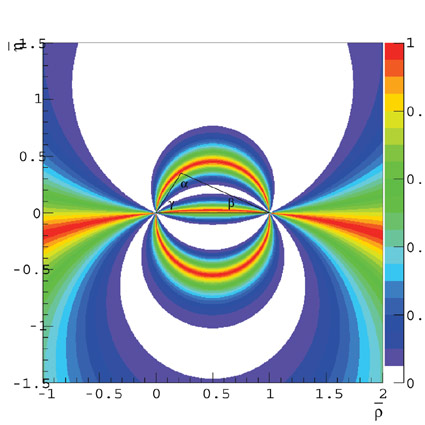 |
H.E.S.S. |
 |
|---|
H.E.S.S stands for "High Energy Stereoscopic System". This telescope system been designed and built by a large international collaboration which includes the DAPNIA as a member. This instrument is dedicated to the observation of high energy gamma ray sources with energies above a few tens of GeV. The interaction of these very high energy gamma rays with the upper atmosphere creates a faint flash of blue light called "Cherenkov emission". This very fast (a few nanosecond) flash of light can be observed from the ground. Surveying the sky in the TeV energy range, which is observed by astrophysicists only since last two decades, allows the get an insight into the origin of cosmic rays and to study the acceleration of cosmic rays in various astrophysical objects such as supernovae remnants or active galactic nuclei.
The HESS experiment is located in NAMIBIA, on the Gamsberg highlands (latitude 23° 16' south, longitude 16° 30' east), at an altitude of 1800 m above sea level. It was named after a famous austrian physicist, Victor Hess (1883-1964), who was awarded the Nobel price in physics in 1936 for discovering cosmic rays.
The HESS apparatus consists in four 12 meter telescopes at the corners of a square with 120 meter sides. Each of these telescopes has a camera at his focus.The camera are large arrays of 960 photomultipliers sensitive to blue light. These photomultipliers have a very fast response time, of the order of one nanosecond.
The sensitivity of HESS (the power to detect faint sources) is 10 times better than that of previous experiments (WHIPPLE, HEGRA, CAT) with an energy threshold of 100 GeV.
 The second phase of HESS, HESS2 will have a lower energy threshold. more ...
The second phase of HESS, HESS2 will have a lower energy threshold. more ...
